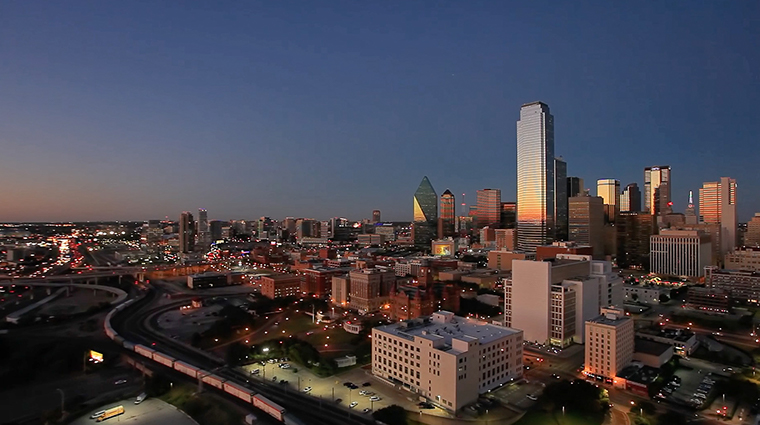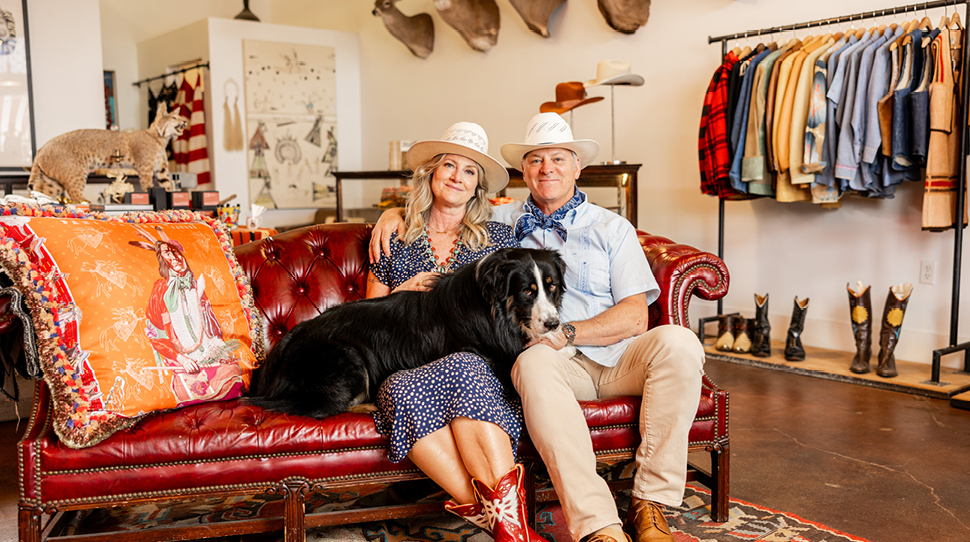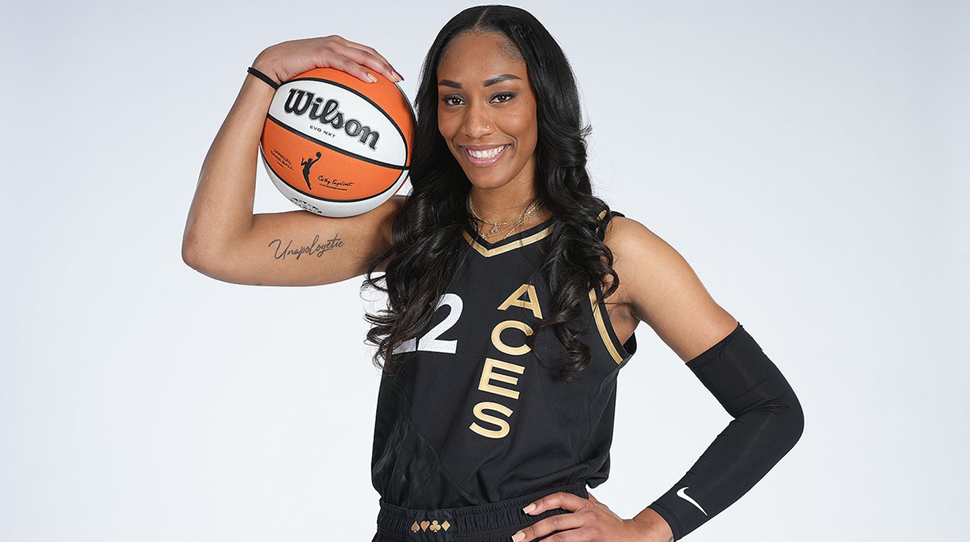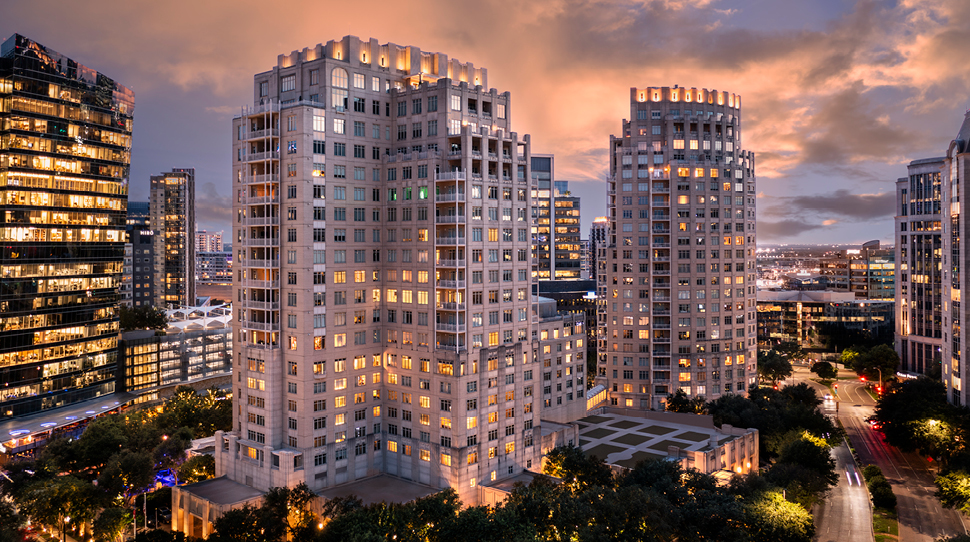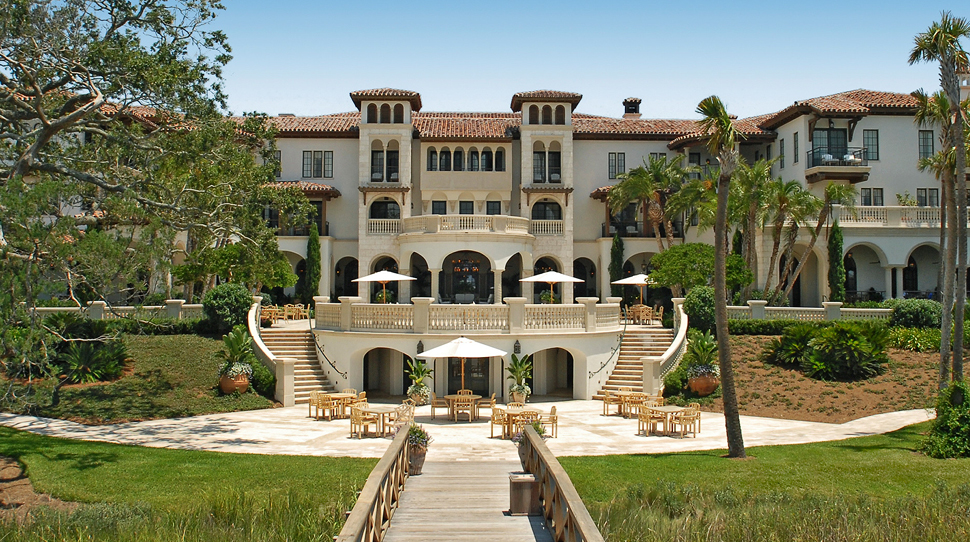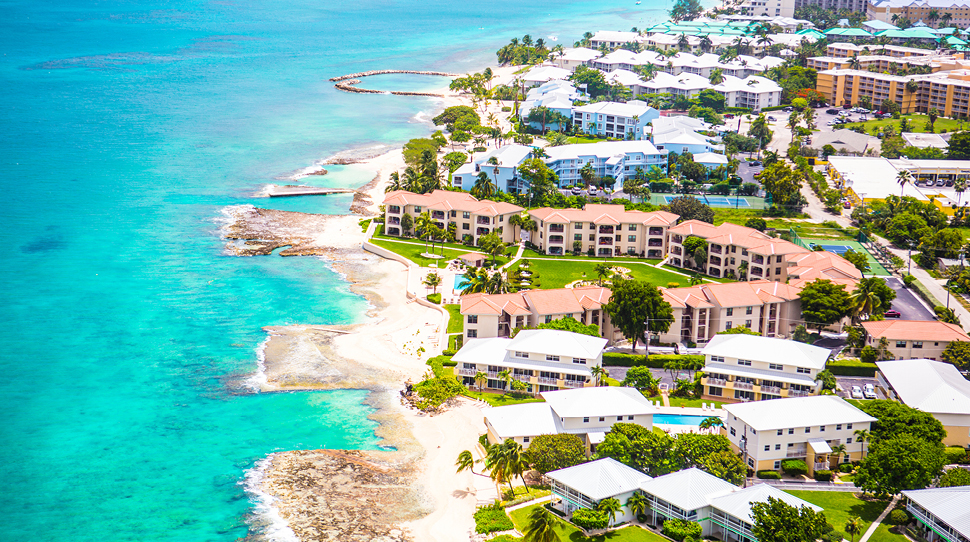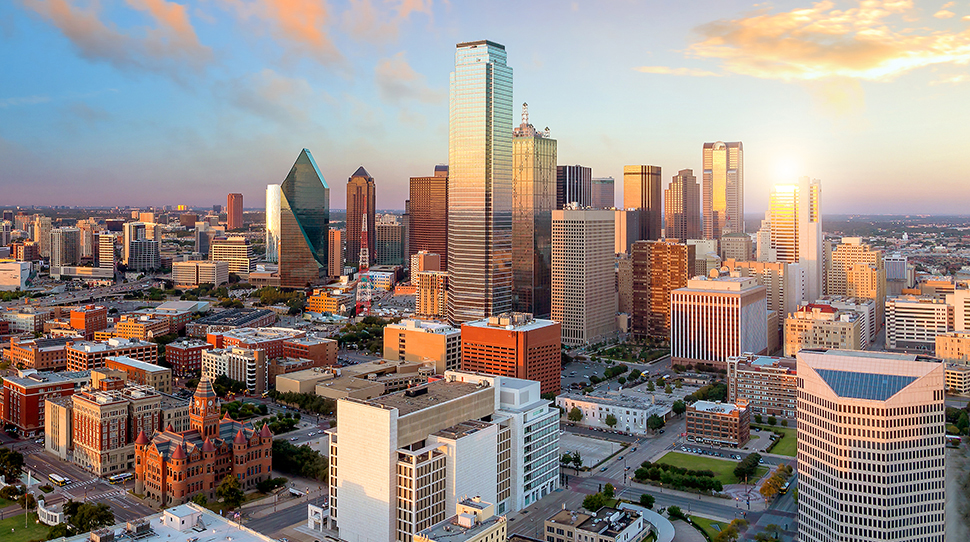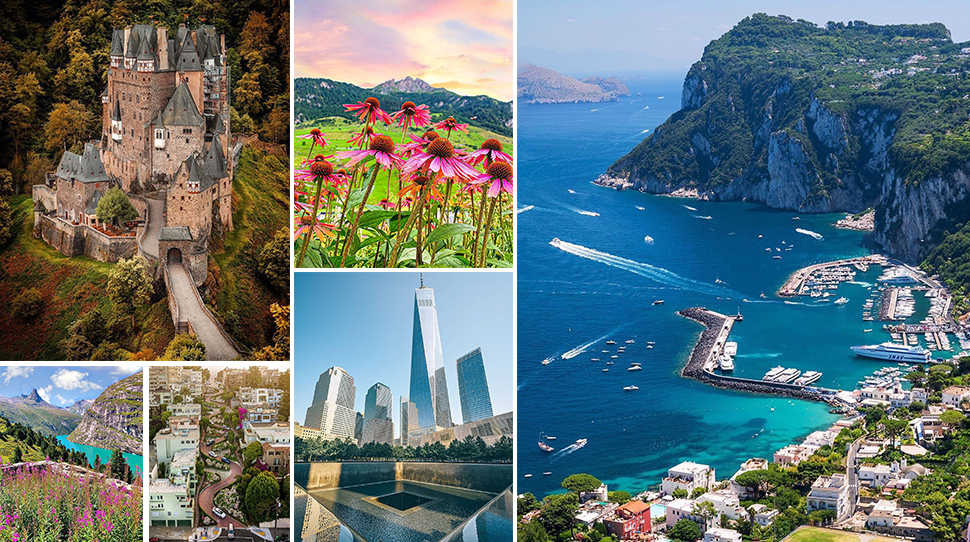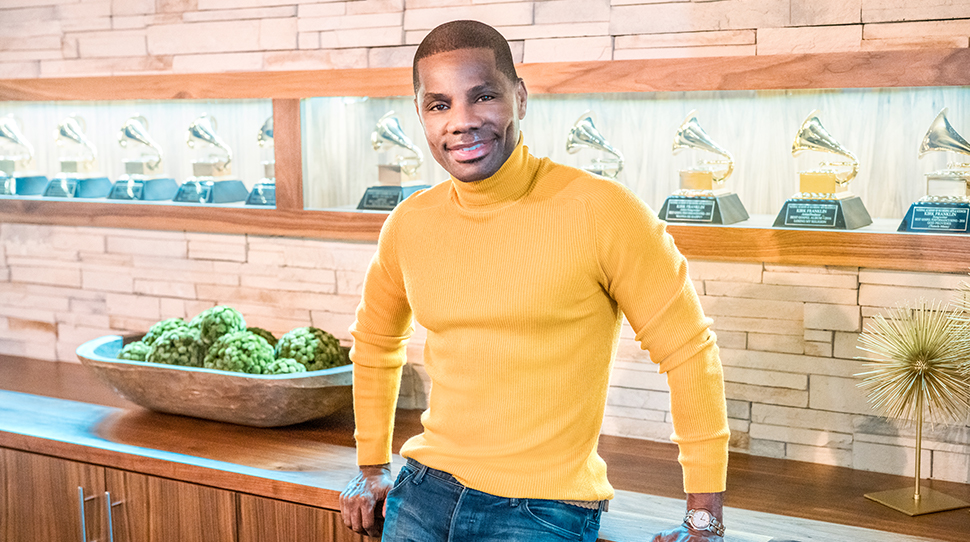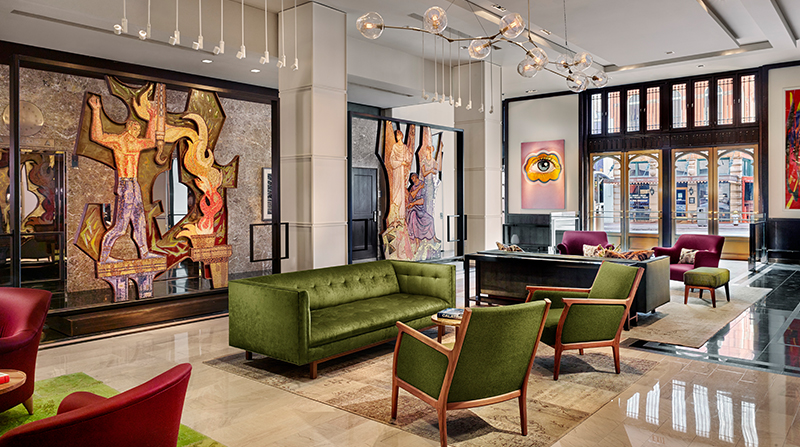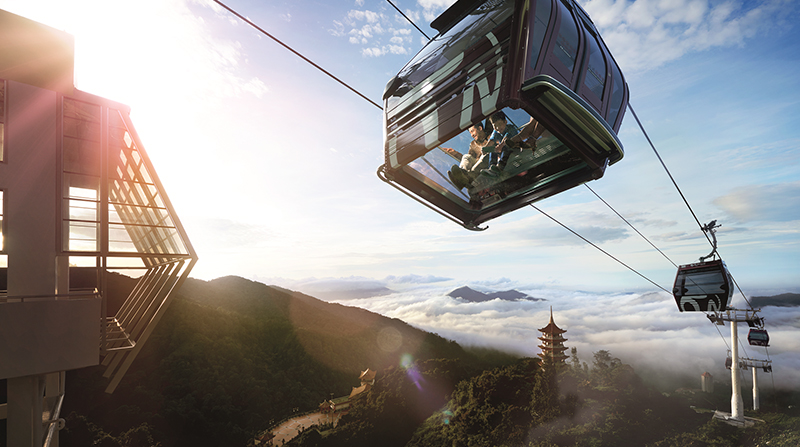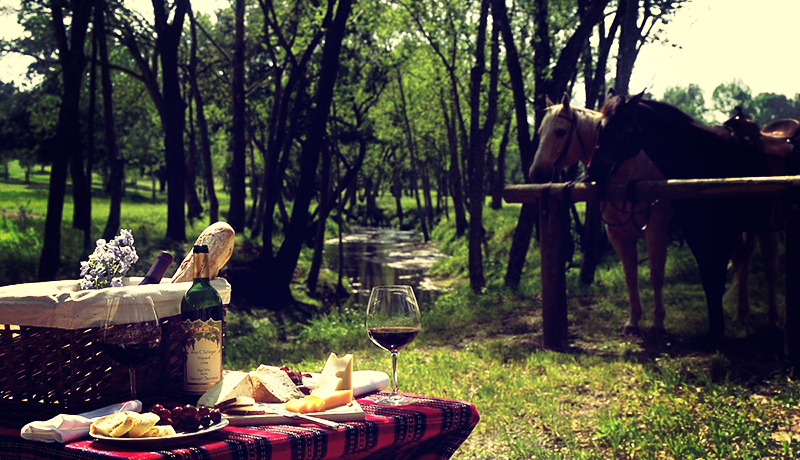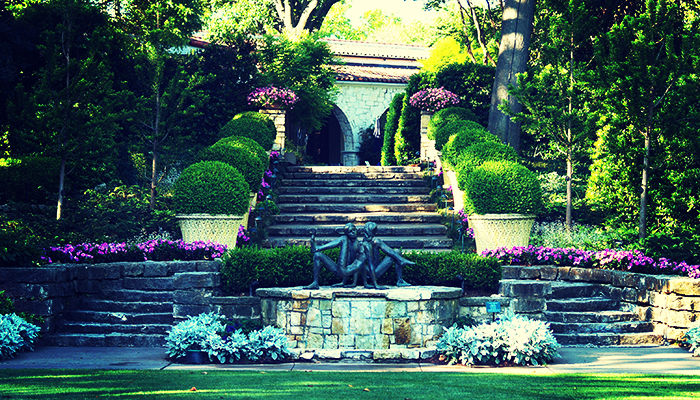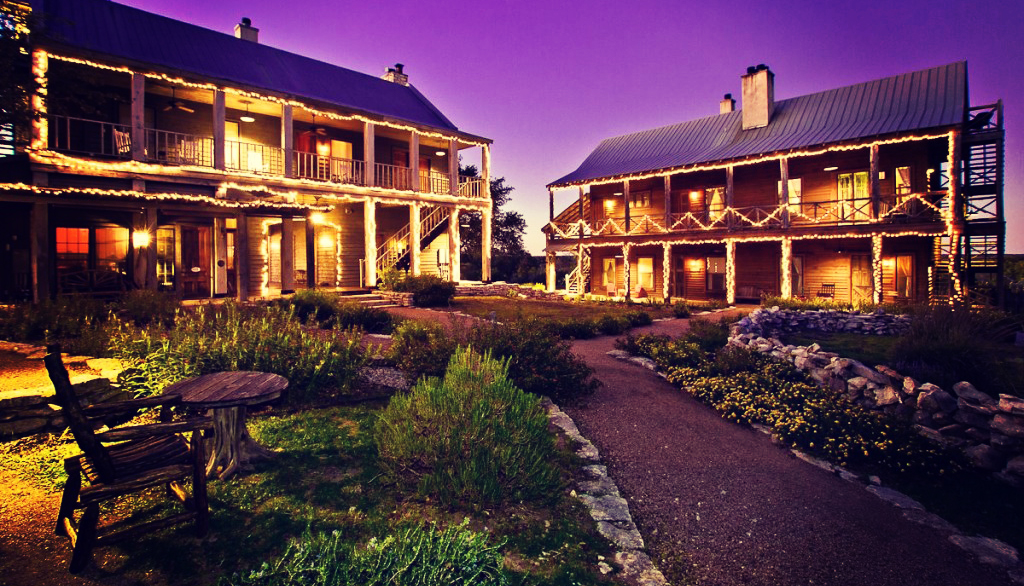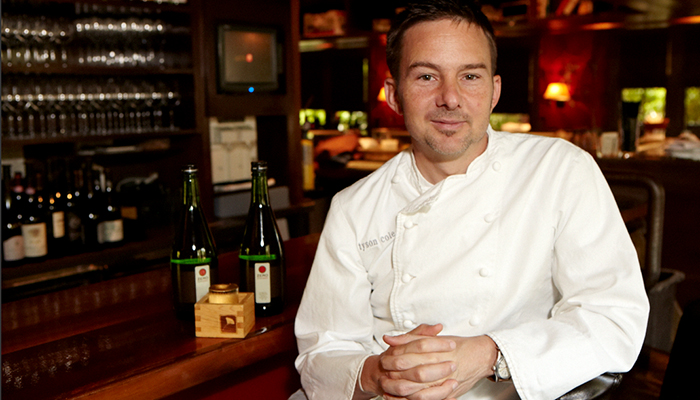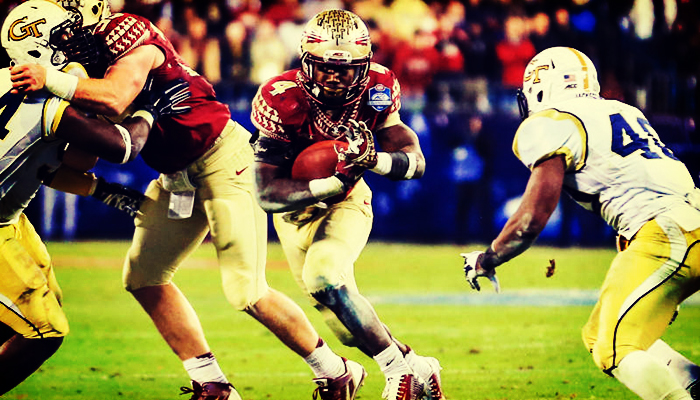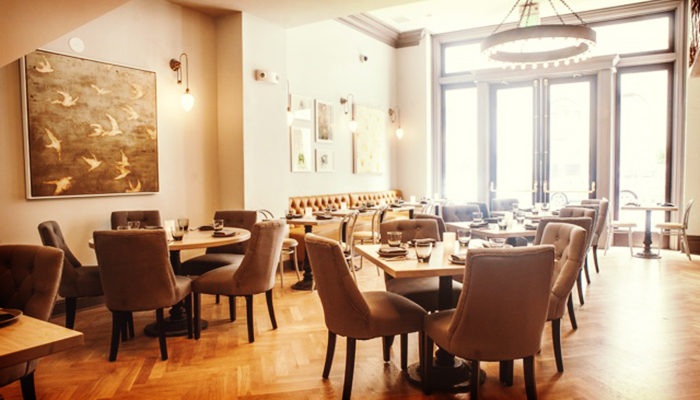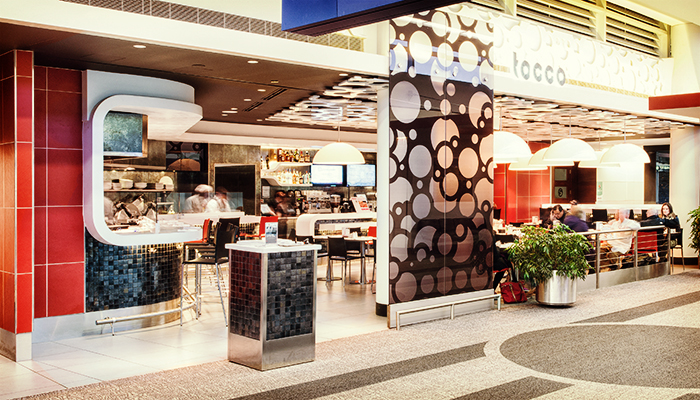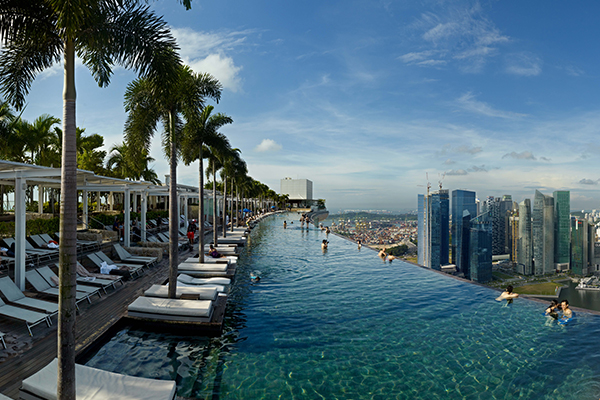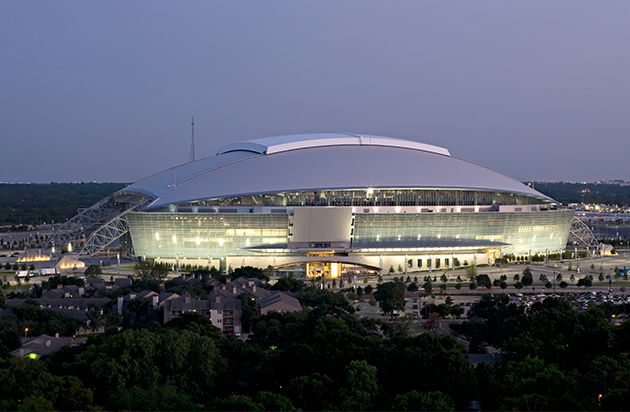Dallas

Far from its ’80s-era television portrayal as a rough-and-tumble oil town, or a playground for cowboy hat-wearing oil tycoons’ soapy shenanigans, Dallas is a well-dressed, sophisticated city that tends toward formality — folks dress to the nines for a night on the town, and there’s nary an establishment without valet parking. It’s also considered a financial and fashion capital — ExxonMobil, Texas Instruments, and AT&T are headquartered here; and Neiman Marcus’ flagship has claimed a downtown address since 1907.
Locals know that Dallas is defined by its neighborhoods — Deep Ellum’s time-worn music venues, Highland Park’s mansions and its historic upscale shopping center Highland Park Village, downtown’s high-powered business district and Uptown’s string of sports bars. Of course, there’s the ever-growing Arts District, which in the past year has seen some major new players, including a theater designed by Rem Koolhaas and an opera house dreamt up by Pritzker Prize-winning architect Norman Foster.
A fleet of antique trolleys ferry visitors around town, and a 5.2-acre grassy expanse is under construction over Woodall Rogers Freeway — by the end of 2012, it will seamlessly connect Uptown to the Arts District and provide some much-needed green space for urbanites on foot. The recently-completed, $2.2 billion Trinity River Project beautified a 20-mile strand of nature within the city limits and planted two Santiago Calatrava-designed bridges over Dallas’ Trinity River. Despite the city’s refined character, there’s one place where civility goes out the window: the football field. The colossal new Cowboys Stadium is a towering reminder that even the most sophisticated city has to let loose and go wild sometimes.
Locals know that Dallas is defined by its neighborhoods — Deep Ellum’s time-worn music venues, Highland Park’s mansions and its historic upscale shopping center Highland Park Village, downtown’s high-powered business district and Uptown’s string of sports bars. Of course, there’s the ever-growing Arts District, which in the past year has seen some major new players, including a theater designed by Rem Koolhaas and an opera house dreamt up by Pritzker Prize-winning architect Norman Foster.
A fleet of antique trolleys ferry visitors around town, and a 5.2-acre grassy expanse is under construction over Woodall Rogers Freeway — by the end of 2012, it will seamlessly connect Uptown to the Arts District and provide some much-needed green space for urbanites on foot. The recently-completed, $2.2 billion Trinity River Project beautified a 20-mile strand of nature within the city limits and planted two Santiago Calatrava-designed bridges over Dallas’ Trinity River. Despite the city’s refined character, there’s one place where civility goes out the window: the football field. The colossal new Cowboys Stadium is a towering reminder that even the most sophisticated city has to let loose and go wild sometimes.
